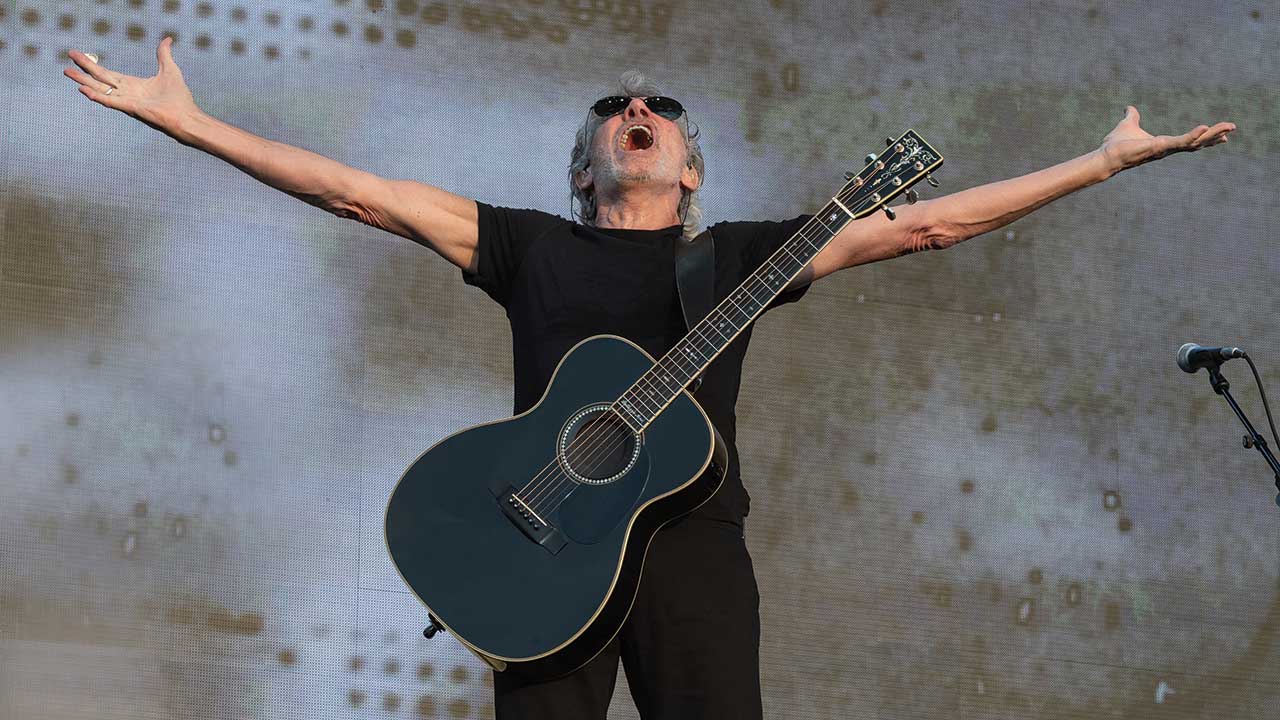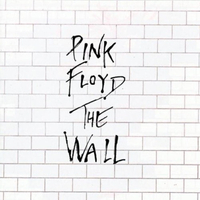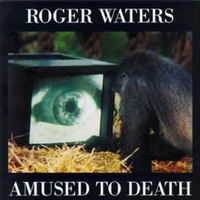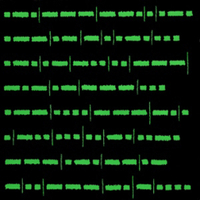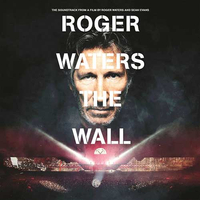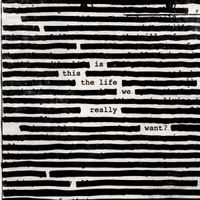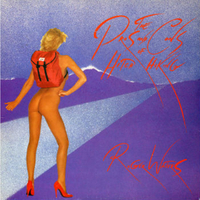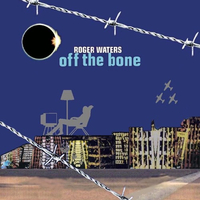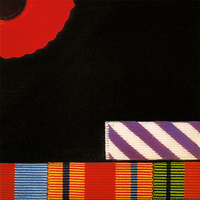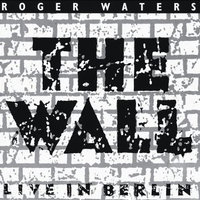When in 1987 Roger Waters toured America head-to-head with the band he was a founder member of in the 60s, he found himself struggling to fill arenas while Pink Floyd, who were playing their first shows without him, were packing out stadiums.
It didn’t matter that Waters had been the main creative force behind every Pink Floyd album since Dark Side Of The Moon in 1973. To the average punter he was just the bass player. Ironically, Waters was a victim of the faceless image that Pink Floyd had deliberately fostered in order to preserve their anonymity away from the limelight.
Decades on, Waters’ contribution to Pink Floyd’s legacy has got the credit it deserves, especially since he buried the hatchet with his former bandmates (although the handle is still above ground) for Pink Floyd’s reunion at 2005’s Live 8.
The 1987 agreement that effectively ended the bitter dispute between Waters and his former bandmates gave Waters all rights to The Wall while David Gilmour, Nick Mason and Richard Wright gained the rights to the name Pink Floyd. Waters’ creative control over Pink Floyd had increased through Dark Side Of The Moon, Wish You Were Here and Animals until by The Wall in 1979 it was complete – and by 1983’s The Final Cut was dictatorial.
His official solo career started with The Pros And Cons Of Hitch Hiking in 1984 followed by Radio KAOS (1987), and he toured America and Europe to promote both albums. The fall of the Berlin Wall in 1989 prompted Waters to fulfil his promise to the city and in 1990 he staged a massive open-air production of The Wall that was festooned with celebrity guests and watched by upwards of a quarter of a million people.
In 1992 he released his third solo album, Amused To Death, although there was no accompanying tour. He remained out of public view until the end of the decade when he re-emerged with the In The Flesh tour that combined Pink Floyd songs with his solo material including a couple of new songs and eventually ran for three years.
Once the unrealistic expectations of a permanent Pink Floyd reunion had died down after their unexpected one-off at 2005’s Live 8, Waters lined up another solo world tour, this time taking a leaf out of his former band’s book and performing the whole of Dark Side Of The Moon (as they had done in 1994). He also released his first album of new material for 13 years – a full-scale classical opera titled Ca Ira.
In 2010 Waters took on his biggest challenge – touring The Wall. The logistics of the original production in 1980 had restricted it to just four locations but advances in technology - and concert ticket prices – now made it an economic possibility. The tour lasted for four years, graduating from arenas to stadiums and taking in every continent.
He continued to play festival shows (Newport Folk Festival in 2015 and the Desert Trip Festival in 2016) and in 2017 he finally released the “follow-up” album to 1992’s Amused To Death, called Is This The Life We Really Want?, although he had released a handful of isolated singles during the previous decade. He also embarked upon the global Us + Them Tour. In 2018 he narrated a special adaptation of Stravinsky’s theatrical work, The Soldier’s Tale, which was released by Sony Classical Masterworks.
Waters’ dark view of the world, which binds his varied and sometimes visionary themes, is balanced by his obvious passion as well as the occasional shafts of optimism that stand out against the bleak background. And despite his big-scale presentation – whether on record or on stage – he speaks with a convincing intimacy, as if he is with Us against Them.

